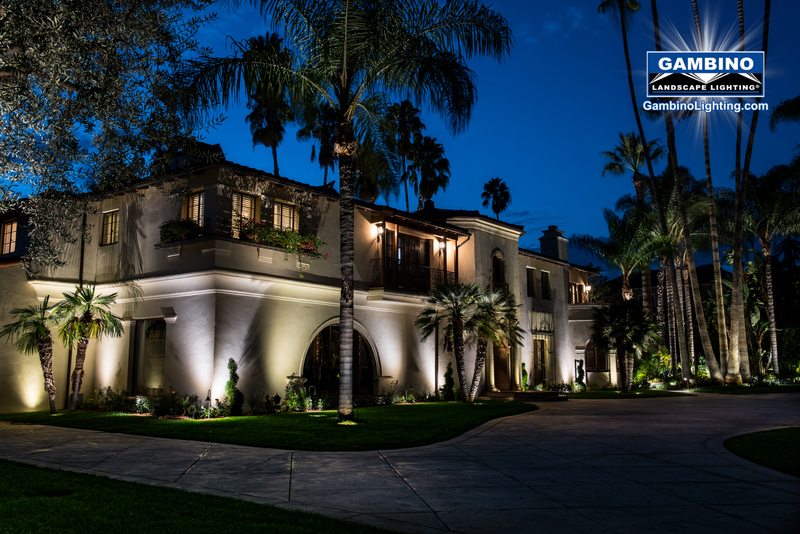15 Jul Upgrading to LED Landscape Lighting
By Mike Gambino
The lighting retrofit was one of the first services that landscape lighting contractors entering the LED services market offered their customers. In the beginning, lighting retrofits almost sold themselves because customers recognized that their lighting systems were outdated and believed upgrades would reduce recurring energy expenses and be environmentally responsible. As the LED landscape lighting market has matured, landscape lighting contractors have moved on and began looking for new and different ways to increase the performance of their clients landscape lighting and reduce their energy use and demonstrate their commitment to the environment and realizing that fixtures that were not originally designed to house LED lamps might not be the best for retrofitting. As a result, many today believe lighting retrofits are no longer a viable service. There is no doubt that the lighting retrofit market has matured over the past decade, but it certainly has not passed on. Lighting retrofits can still be part of the landscape lighting contractors services in the event that fixtures are suitable for such upgrades.

Recommending lighting upgrades
Successfully selling lighting upgrades in today’s market is about educating home owners who would benefit from keeping their lighting systems up-to-date and in working order. The landscape lighting contractor must be ready to address the following three common owner objections to proposed lighting upgrades:
- My lights work just fine.
- We just upgraded our lighting system.
- I need to invest in my home, not landscape lighting.
Home owners who object to proposed lighting upgrades tend to give reasons similar to one of these three. To overcome customer objections, the lighting contractor must be able to show why the proposed lighting upgrade is in the customer’s best business interest.
Objection 1: My lights work just fine
When the owner flips the switch or the timer is set to turn on, the lights come on, but it does not necessarily guarantee quality lighting that is suitable for the landscape. Lighting quality is more than just the quantity of illumination that the lighting system provides. Lighting quality has to do with effectively and efficiently lighting subjects or a space that makes it inviting for and more comfortable for people than they otherwise could be. This is not only for visual tasks such as barbequing in the backyard patio setting. In this context, the term “task” includes anything that requires seeing to perform a required function. “Tasks” in a lighting sense can refer to a wide range of activities, from walking in the yard to taking out the trash.
Of course, the quantity of light the system provides is important, but it must be the right amount of light. In addition, the quality of light can affect aesthetics and the visual comfort, mood and safety of people occupying the space. Many factors—such as color rendering and glare, along with occupant age, required visual acuity, and time to perform the needed tasks in the space—are important for a quality lighting system. For example, improved lighting quality in a landscape can raise visitors perception of the home owner by their investment in high quality amenities.
Objection 2: We just upgraded our lighting system
Owners are focused on other aspects of their home and often do not understand that efficient and quality lighting can can make a huge improvement in the enjoyment and usability of their property. Owner often believe that a lighting retrofit is good for the life of the property, requiring only occasional maintenance to replace burned-out lamps and failed components. For this reason, many lighting designers are reluctant to propose a lighting upgrad eto an owner, even when the owner could benefit from it. Buying into the homeowner’s objection that they just upgraded the lighting system ignores the fact that both the owner’s garden and landscaping are constantly changing and lighting technology is advancing at a rapid pace.
A good way to think about lighting upgrades is to consider why you regularly upgrade computer hardware and software even though it is still “working.” You make the investment because technological advances cause your existing system to become obsolete long before it breaks down and stops functioning. When you consider the potential increases in productivity that upgrading existing hardware and software will provide along with the positive effect on your usability, such investment makes good sense.
The same is true for a landscape lighting system, but the advantages of upgrades may not be as obvious. Overcoming the mindset that lighting systems are good for their operational life and don’t become obsolete requires that you do your homework and provide information and analysis that a homeowner needs to understand the good sense behind upgrading.
 You seldom drive your vehicles until they are completely worn out and have to be towed
You seldom drive your vehicles until they are completely worn out and have to be towed
to the scrap yard. Instead, you replace your vehicles regularly based on their
economic life rather than useful life. This is how lighting
upgrades should be thought of based on advancing lighting technology.
Even though the homeowner may have moved into a new residence or recently renovated landscape, there is no guarantee that the installed lighting system meets his or her specific needs or supports the requirements of the properties intended uses. Also, landscaping is not stagnant and, therefore, requires corresponding changes to the way the trees and plants grow and mature. What is considered quality lighting for a few years may not be adequate or could even be inadequate when the landscaping or use of the property does and the lighting does not. It all comes back to the principle that a lighting system must be designed, installed and maintained so that it is functioning at peak effectiveness at all times.
Similarly, lighting technology is advancing at dizzying pace with new technologies becoming available, and existing and formerly expensive products becoming more economical due to advances in technology, increased demand and more efficient manufacturing. Like computer hardware and software, what was state-of-the-art in light sources, lighting products and lighting controls just a few years ago is now considered old hat. As a result, upgrading an existing lighting system may be economically justified based on increased efficiency or functionality even though the customer’s existing lighting system still “works.”
 Objection 3: I need to invest in my home, not landscape lighting
Objection 3: I need to invest in my home, not landscape lighting
Understandably, some owners think of a landscape lighting upgrade as an expense rather than an investment that can provide a low-risk path to reduced energy expenses, increased productivity and improved performance. That is why, when we propose a landscape lighting upgrade, some clients will often express the need to invest in the interior of the home first rather than in a lighting upgrade expecting to reap greater benefits. As a result, owners tend to rank a landscape lighting upgrade below other possible business home improvements, such as a new or updated kitchens and baths.
Depending on the situation, upgrading a landscape lighting system improves home values, reduces expenses or both and ultimately, a greater return on investment for the homeowner.
While it can be difficult to quantify the impact of improved landscape lighting quality on the bottom line, the effect of energy savings resulting from more efficient light sources, fixtures, and controls is not. Reduced energy expenses from a lighting upgrade are a near risk-free investment for homeowners when compared to other less certain investments such as a kitchen and bathroom upgrades.
 This landscape lighting blog is published by Mike Gambino of Gambino landscape lighting inc. all rights reserved. Mike is a professional landscape
This landscape lighting blog is published by Mike Gambino of Gambino landscape lighting inc. all rights reserved. Mike is a professional landscape  lighting system designer/ builder and has been designing, installing and maintaining landscape lighting systems for more than 20 years. Mike resides in the Los Angeles area with his wife and 2 sons. To visit his website go to www.Gambinolighting.com . To inquire about hiring Mike please click here .
lighting system designer/ builder and has been designing, installing and maintaining landscape lighting systems for more than 20 years. Mike resides in the Los Angeles area with his wife and 2 sons. To visit his website go to www.Gambinolighting.com . To inquire about hiring Mike please click here .
Blog articles may be published with permission on other websites without editing or removing links.



No Comments